soldierblue
Limp Gawd
- Joined
- Apr 20, 2010
- Messages
- 358
I'm gonna try again. I think I can deal with PWM if I had a better more uniform panel.
Follow along with the video below to see how to install our site as a web app on your home screen.
Note: This feature may not be available in some browsers.
My panel is good enough but there seem to be better ones out there, will have to play the lottery to get one I really like. Things may also improve as newer batches arrive...
I've settled on the PB278Q for sure, just need to return and exchange till I find one like tftcentral got with no tinting and blb, mine has a slight bit of both but nothing too anything severe. I already tried a second one but it more BLB on the right side which was much more noticeable. Hopefully I'll hit the jackpot after a few more exchanges.
I would have stuck with the S27B970D if it were not an glass glossy panel: I use my screens for working the glare on a glass surface is really bothersome. Plus it had 2 stuck pixels.
Every monitor out there these days has bad qc on 50-60% of the samples, its just how it is.

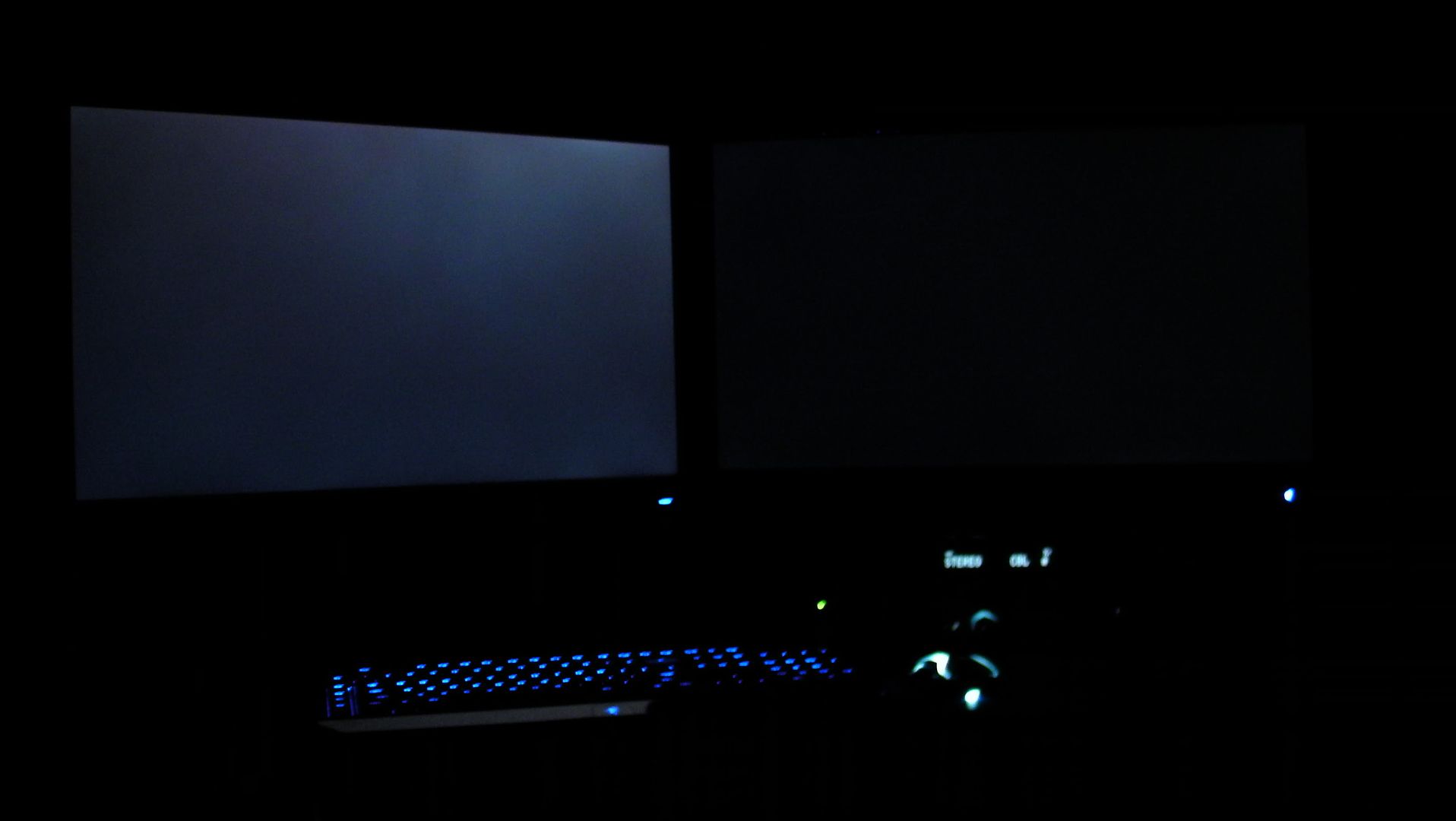
Mine does not have any visible day time bleeding, and once I set the brightness to 25 it's pretty much perfect looking in the dark, except for the tinciest lighter spot on the top right corner. White is uniform and I haven't found any dead pixels when looking at a full white screen.
Where are each of the monitors made?Let me know if you have any questions.
dL
Alright so I purchased the PB278Q today to get a comparison with my S27A850D that I have purchased recently. Here are my observations. I will list them in point forms.
- They both use the exact same panel.
- Samsung has SLIGHTLY better white uniformity.
- Same colour characteristics with a very strong red emphasis.
- Very similar backlight bleed characteristics between the two. In other words, both are perfectly acceptable. Samsung one has slightly less noticeable bleed.
- Asus has better build quality. Tilt, pivot, and height adjustments are a lot smoother than Samsung.
- Asus has better bezel design as Samsung has plastic moulding lines on all 6 panels that I have seen. Asus one is smooth and flawless although it can introduce more fingerprints with the type of plastic used.
- Samsung has a slightly better looking stand. Samsung overall looks classier whereas Asus looks more like your typical office monitor.
- Asus has a more responsive OSD engine and more options to tweak, such as RGB colours.
- Samsung has more gimmick such as the ECO sensors. It does come in handy especially if you leave your monitor on as you can set it to automatically dim after a certain period of time. The auto brightness is useless and annoyingly inaccurate. I only use the ECO motion sensor dim.
- Asus uses PWM backlighting. While I don't notice the flicker, my eyes get more tired looking at the Asus compared to the Samsung one. That's a big minus for the Asus.
- Asus is slightly brighter than the Samsung.
Between the two, it is very hard to say which one to pick. The Asus one is slightly cheaper, but uses PWM backlighting and lack of USB 3 ports. Samsung one is slightly more expensive with USB 3, and sensors. Asus has better warranty policy than Samsung.
Honestly, I don't think one can go wrong with neither. They look exactly the same to me, and it comes as no surprise because they both use the exact same panel.
If you're wondering which one I am going to keep, I am keeping the Samsung mainly because 1) I found a dust inside the Asus, 2) I use the USB 3 ports, 3) the PWM backlighting makes my eyes strain more than the Samsung.
Let me know if you have any questions.
dL
Where are each of the monitors made?
Ain't that a blip. I was really hoping to completely avoid PWM back lights since I'm pretty sensitive to screen flickering.Just to clarify: Both the S27A850D and PB278Q use PWM. The modulation of the S27A850D backlight appears less than that of the Asus based on the one test photo I've seen here, which should make its flickering less visible. TFTCentral has posted their PB278Q review, which shows a backlight running at a rather low for comfort 240Hz.
TFTCentral's review of the S27B970D shows that that model does not use PWM.
Both the Samsungs use something that is not regular PWM nor direct current control either.
Ah, yes. Forgot to discuss these with you.Thanks for the links, I hadn't seen these plots before. Interesting how there's about 30% modulation at 50% brightness for the S27B970D. Given that it's frequency is about 150Hz (not sure where they got 180Hz from) the flickering is probably still visible to some people, though maybe not as bad as the Asus.
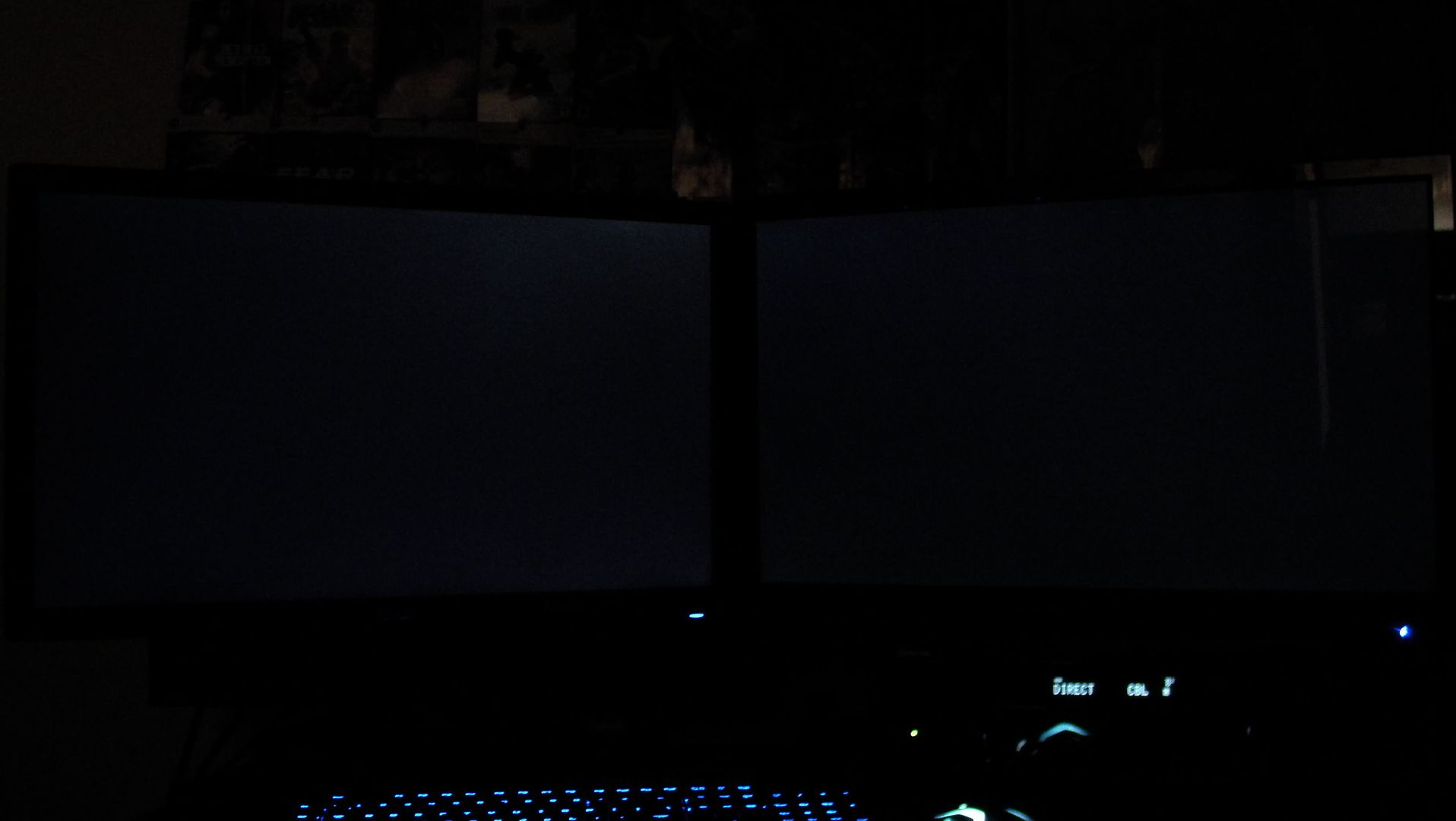
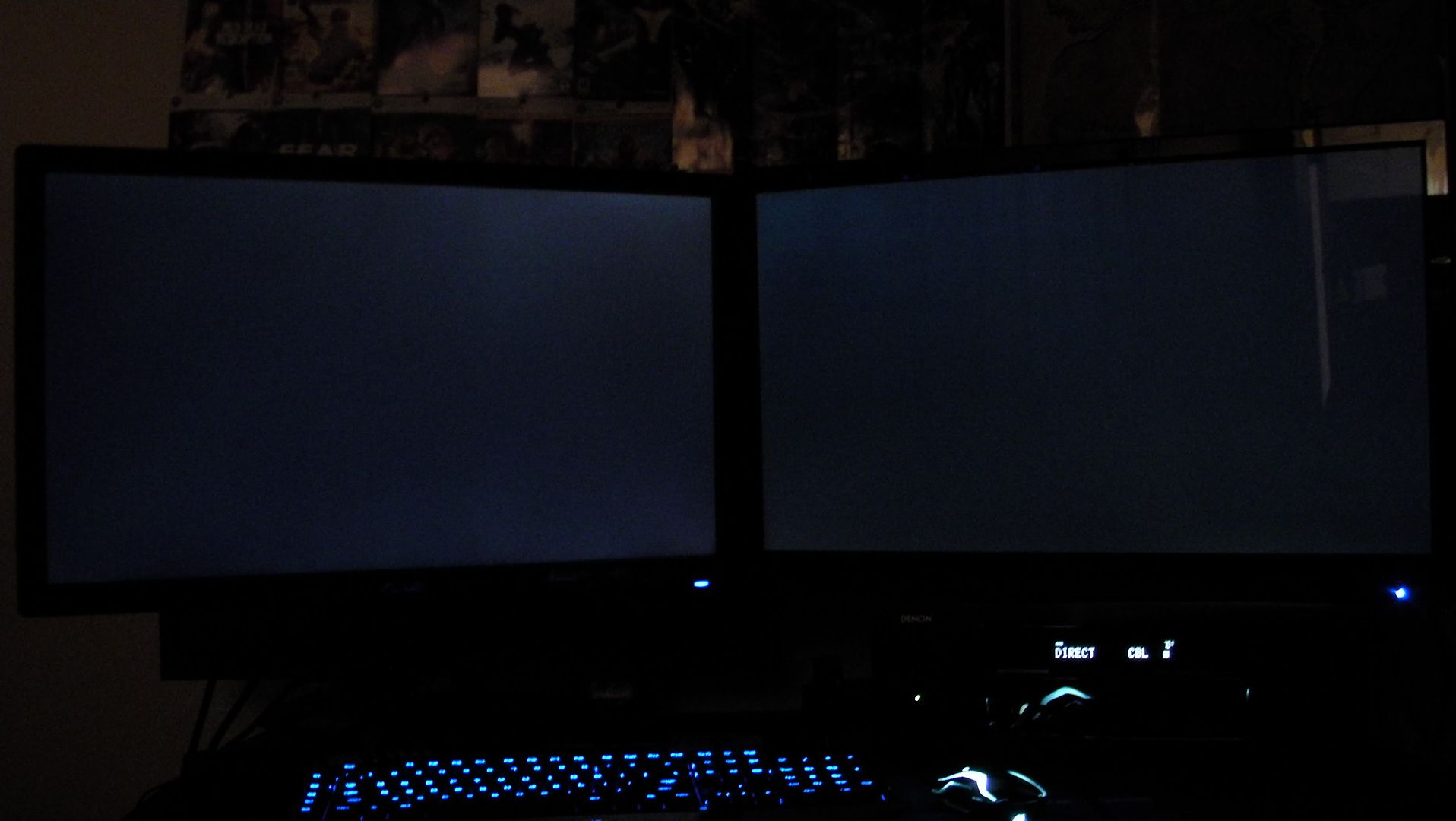
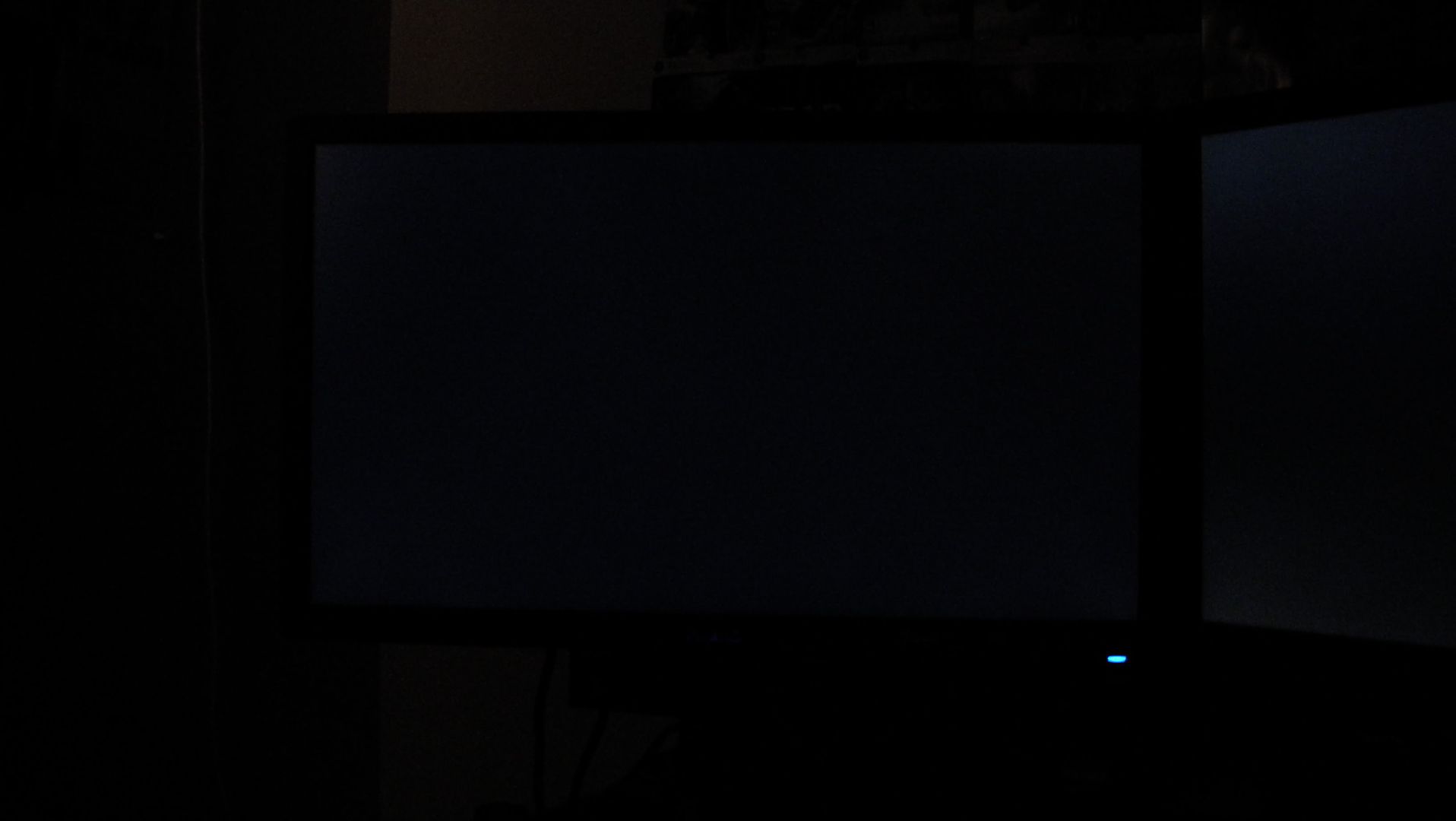
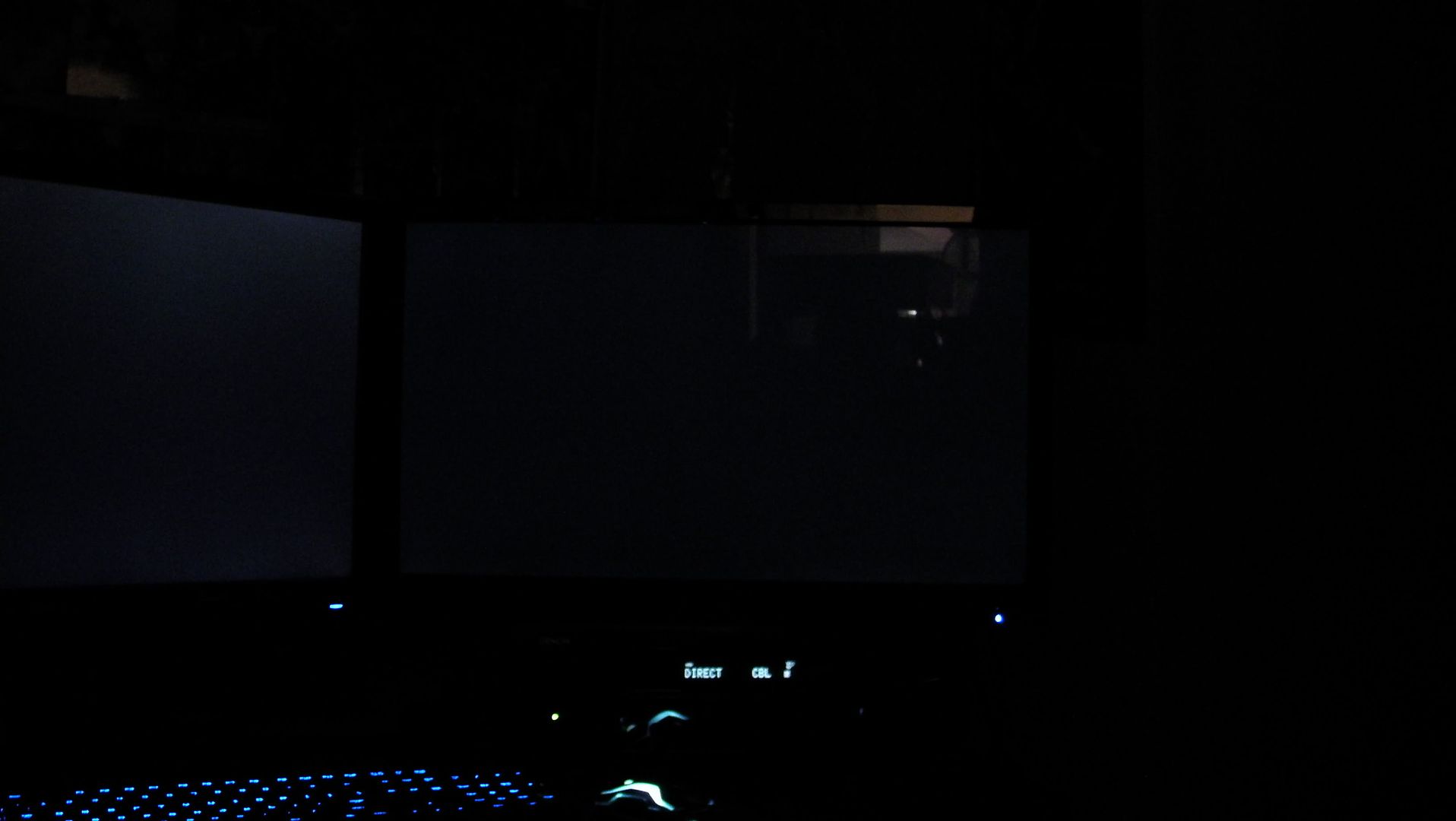
Ah, yes. Forgot to discuss these with you.Though, plots are not detailed enough for proving nor disproving my assumptions anyway.
-----------
Want to point out that PWM sensitivity IMHO is tightly connected to light-sensitivity. If you have no problems with bright screens or you only work in blazing sunshine daylight, you probably have no problems with PWM either. If you're one of those that thinks screen is too bright and lowering the brightness just cause more or different problems then you're want to avoid PWM dimming or at the very least find a monitor that has as low max brightness as possible.
Well. Not exactly. 75hz is better for other reasons. Moving graphics and text will appear more smooth, since most people can see updates of 60hz but not 75hz. There's a chance of 'seasickness' (for lack of better term) with 60hz. With PWM problems its more like migrane eye-pain-brain kind of sensation.Does PWM have anything to flickering? I have an old SyncMaster 152v that goes up to 75hz. If use it on 60hz my eyes get easily tired, but on 75hz it's fine. Does the process similar or nothing to relate with? Thanks
I'm holding off on these due to some of the issues people have raised. At the same time, I wouldn't pay $400-500 for a Pixel Perfect eBay monitor that might have a ton of other issues.
I'm hoping Dell US has a sale similar to Dell Australia (U2713hm for $559) sometime soon, and then I'd probably just bite the bullet.
There are lots of these, mine being one, that have no issues. You will almost always hear about the ones that people have issues with, and seldom hear when people have no troubles. That's just the nature of the consumer mindset, people are gonna complain loud, but praise softly. This is a gorgeous display.Honestly have no idea why anyone would buy one of these based upon the user reports.
I guess if you are willing to keep swapping units you might get lucky.
Unfortunately- the other available semi-glossy non-Korean choices form Dell and Samsung are just as bad.
Honestly have no idea why anyone would buy one of these based upon the user reports.
I guess if you are willing to keep swapping units you might get lucky.
Unfortunately- the other available semi-glossy non-Korean choices form Dell and Samsung are just as bad.
I am one of many that don't have any problems! I am also not OCD, waiting for the perfect monitor to fall out of heaven, guys. This is a beautiful monitor, my life has moved on and enjoying time with the family!Honestly have no idea why anyone would buy one of these based upon the user reports.
I guess if you are willing to keep swapping units you might get lucky.
Unfortunately- the other available semi-glossy non-Korean choices form Dell and Samsung are just as bad.